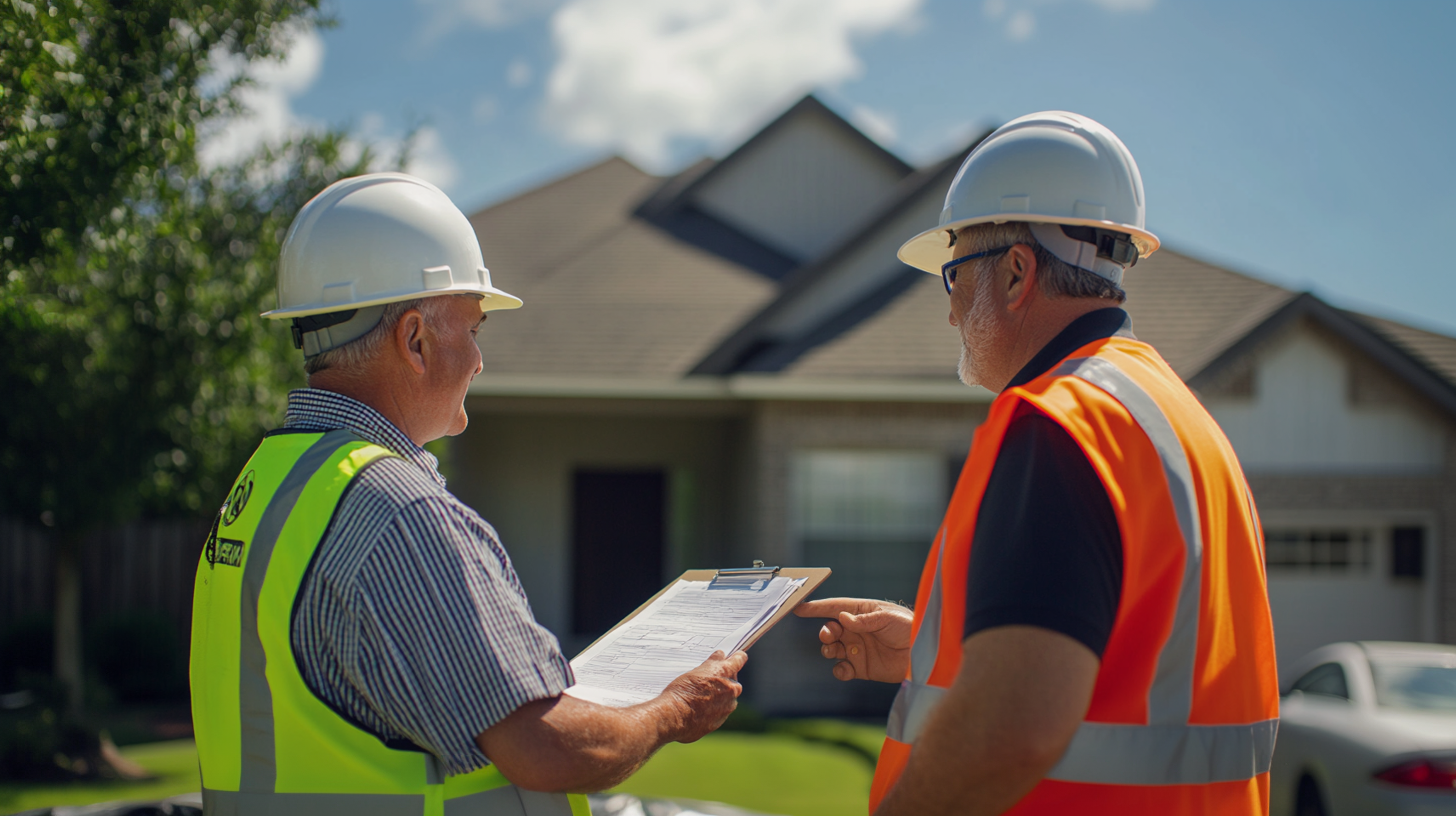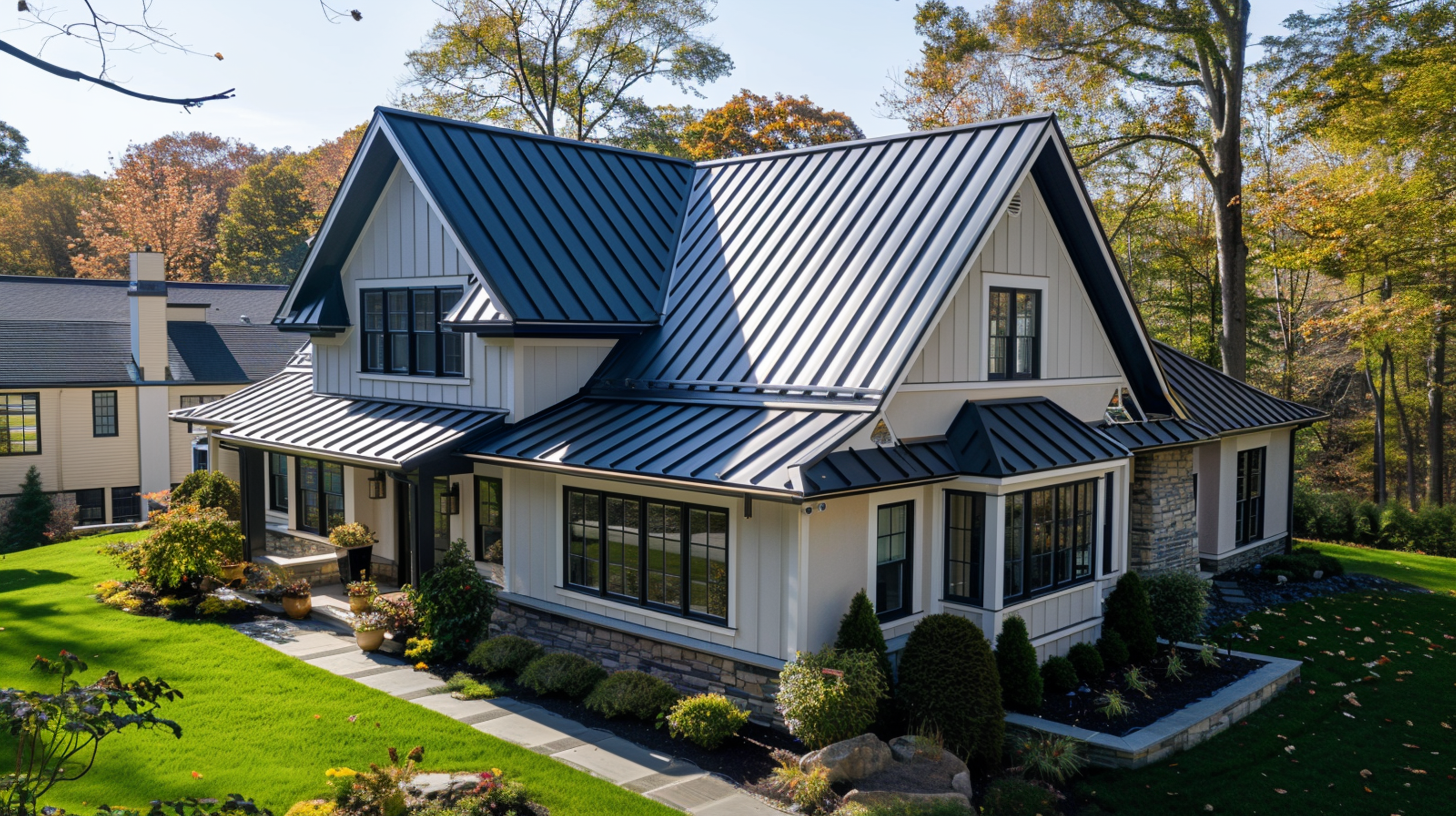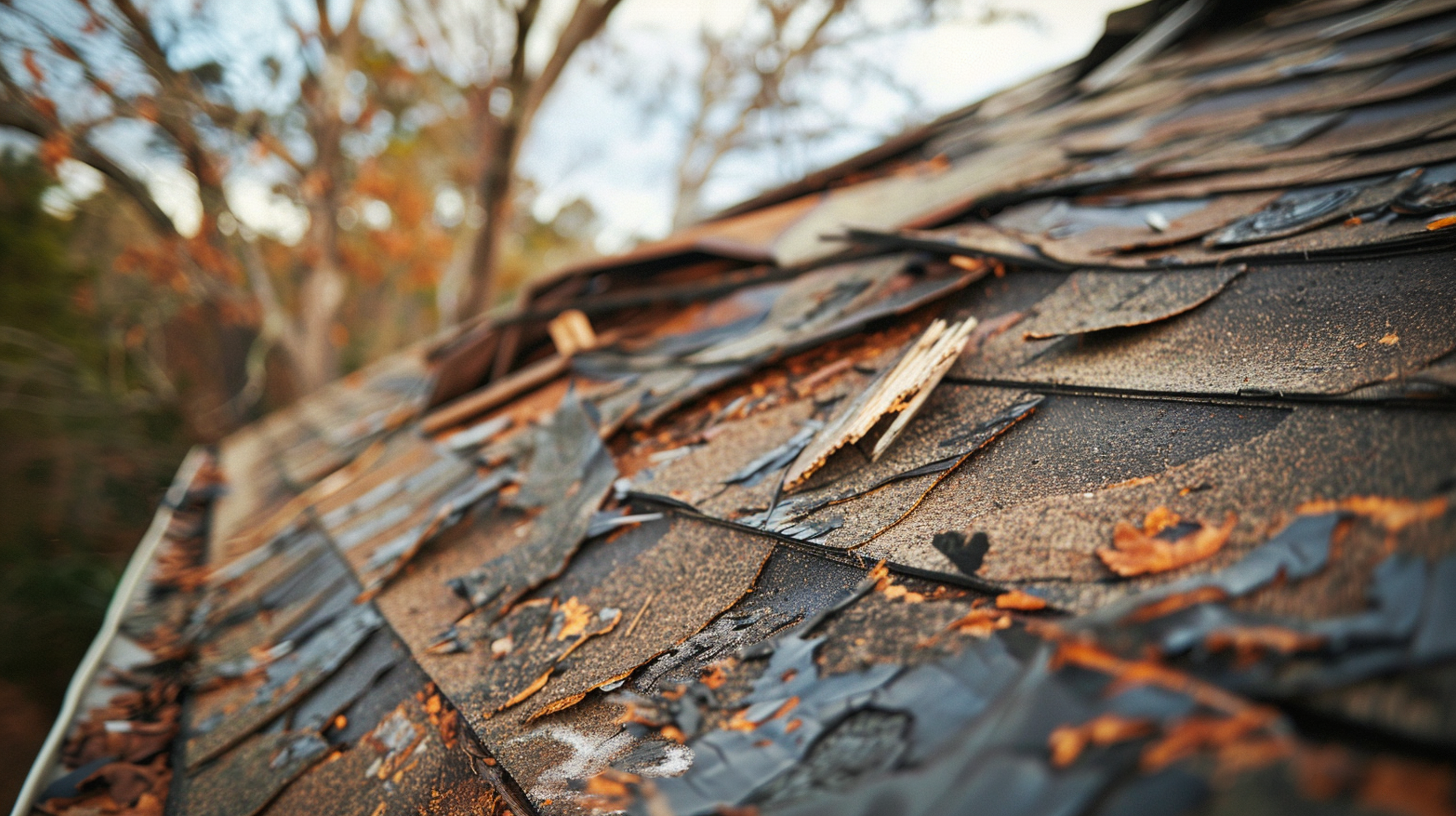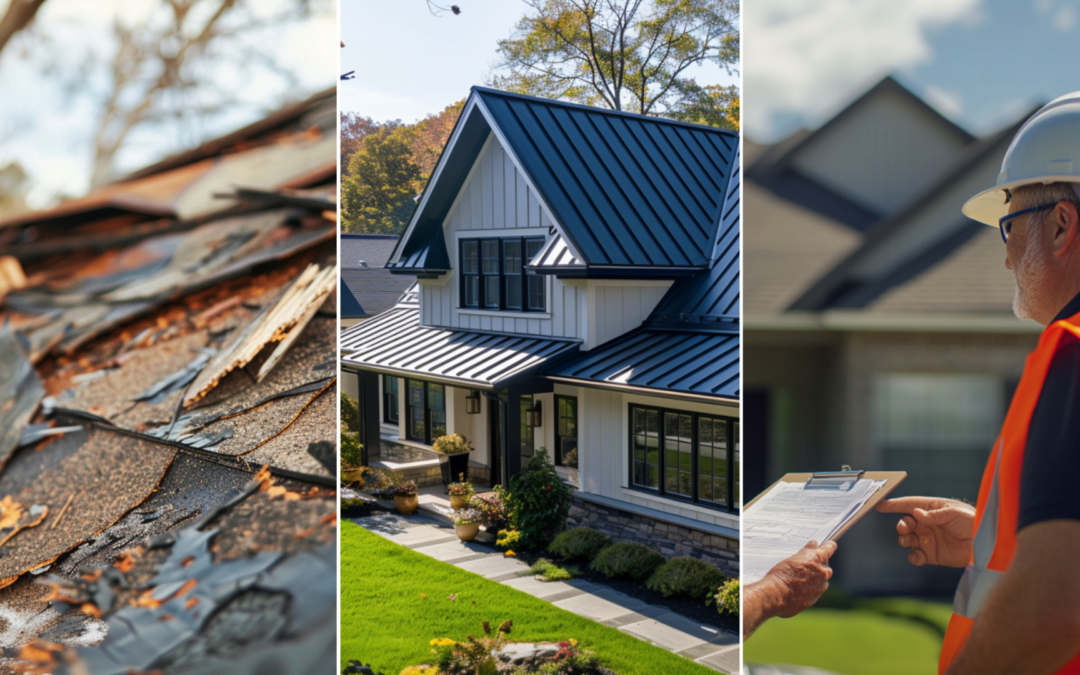Introduction to Roof Inspections
Roof inspection is crucial to maintaining the integrity and longevity of any structure. Regular evaluations by trained professionals can help identify potential issues before they escalate into costly repairs. Whether addressing seasonal wear and tear, weather-related damage, or long-term deterioration, a comprehensive roof inspection offers homeowners peace of mind and protects their investment. By understanding the benefits of these assessments, property owners can ensure their roofs remain resilient against the elements while maximizing energy efficiency and overall structural safety.

Inspection - Importance of Regular - Sky Roofing Construction & Remodeling
Importance of Regular Inspections
Regular annual inspections are a crucial aspect of maintaining the integrity and longevity of your home. Over time, roofs endure exposure to elements like sun, rain, wind, and even snow, leading to wear and tear that isn’t always visible from the ground. By scheduling routine essential roof inspections, homeowners can identify potential roof issues, such as roof leaks, before they escalate into costly repairs. These inspections help pinpoint existing problems and comprehensively analyze the roof’s condition. This proactive approach, often carried out by a roofing professional, can enhance your roof’s lifespan, improve energy efficiency, and ultimately protect your investment. The average cost of an inspection is minimal compared to the potential expenses of significant repairs, giving you peace of mind and ensuring that your home remains a safe and comfortable sanctuary for you and your family.
Overview of Potential Issues on Roofing
During a visual inspection of the roof, several common issues may be identified that can compromise the integrity of the entire roof. One of the most frequent problems is damaged or missing shingles, which can result in leaks and further roof deterioration if not addressed promptly. Additionally, improperly installed flashing around chimneys, valleys, and the vent pipe can create vulnerabilities, leading to water infiltration.
The condition of the roof decking is another critical aspect of the inspection. If the decking is compromised or rotten, it must be replaced to ensure a stable foundation before the roof is replaced. Unfortunately, the full extent of decking repairs may not be observable until the old roofing material is removed, revealing hidden damage beneath.
Being proactive with regular visual inspections can help identify these potential issues early on, ultimately saving time and money while safeguarding your home from water damage and structural problems. Prioritizing these inspections is essential for maintaining the longevity and performance of your entire roof system.

Inspection - Understanding Roofing - Sky Roofing Construction & Remodeling
Understanding Roofing Materials
Proper roof inspections are a crucial aspect of maintaining the integrity and performance of any roofing system. Understanding roofing materials is essential, as different types have unique advantages and challenges. From asphalt shingles and metal roofing to clay tiles and flat roof membranes, each material serves specific purposes and can significantly impact the longevity, appearance, and energy efficiency of a building. During a roof inspection, identifying the type and condition of the roofing material, including any loose shingles, is vital for ensuring a well-maintained roof. Factors like roof size and the complexity of the design, such as complex roofs, can also affect the overall inspection process and roof inspection costs. A thorough inspection helps homeowners and property managers make informed decisions about repairs, replacements, and overall maintenance.
Common Types of Roofing Materials
Roof inspections play a crucial role in assessing the condition of various roof components and materials, each with unique characteristics and benefits. Asphalt shingles are widely popular for their affordability and ease of installation, offering a lifespan of 20 to 30 years with minimal maintenance. However, they can be susceptible to algae growth and weather-related damage, which may affect the roof structure.
Metal roofing is recognized for its durability and energy efficiency. With a 40 to 70-year lifespan, it requires less frequent maintenance but may be prone to expansion and contraction issues, particularly around roof flashing, which inspections can help identify.
Slate and tile roofs last over 50 years and are known for their longevity and aesthetic appeal. They are highly resistant to pests and fire, though their heavyweight demands support from a sturdy roof structure. Inspections are vital to detect cracks, shifting, or compromised roof flashing that can affect stability. Lastly, composite materials combine various elements to enhance durability while mimicking traditional styles. Inspections can identify issues related to fading, delamination, or damage to other roof components.
Durability and Lifespan Considerations of Roofing Materials
When choosing roofing materials, understanding their durability and expected lifespan is crucial. For instance, asphalt shingles typically last between 20 and 30 years, while metal roofs can endure for 40 to 70 years. In contrast, slate and tile roofs are known for their longevity, lasting up to 100 years with proper maintenance.
Proper installation is essential to maximize the lifespan of any roofing material. A poorly installed roof can lead to leaks and structural issues, prompting the need for costly repairs or replacement sooner than expected. Regular roof inspections are vital for assessing the remaining life of your roof and identifying potential problems early on. This proactive approach can save homeowners from extensive damage down the line.
When considering roof replacement, it’s advisable to obtain multiple contractor opinions. Different perspectives can help you understand the best options based on your roofing materials and their durability. Investing in regular inspections and expert advice ensures your roof remains in optimal condition for as long as possible.

Inspection - Signs of Damage to Look - Sky Roofing Construction & Remodeling
Signs of Damage to Look
Roof inspections are crucial to maintaining the integrity and longevity of your home. Periodically assessing the condition of your roof can help identify potential leaks and minor issues before they escalate into costly repair costs or replacements. One key component of a practical roof inspection is knowing the signs of leaks and other damage to look for. By understanding these indicators, homeowners can take preventative maintenance steps to address problems early, reducing the need for potential repairs and ensuring the safety and comfort of their living environment. Whether it’s missing shingles, water stains on the ceiling, or granules accumulating in gutters, recognizing these warning signs can significantly enhance the overall performance of your roof and extend its lifespan.
Visual Indicators of Roof Problems
During roof inspections, various visual indicators can signal potential problems to which homeowners should pay attention. Common issues include damaged or missing shingles, which can expose the underlying structure to the elements, leading to more severe damage over time. Clogged gutters are another common issue, as they can prevent proper drainage and lead to water pooling, increasing the risk of leaks. Ensuring clean gutters are used is essential to avoid water damage. Additionally, improper ventilation or signs of improper ventilation can cause moisture buildup, compromising the roof’s integrity and leading to other complications.
Identifying early signs is crucial for maintaining the integrity of your roof. For instance, dark areas on ceilings can indicate moisture intrusion, while peeling paint may suggest trapped water behind your walls. These indicators are the first signs of potential trouble that, if addressed promptly by a professional roofer, can prevent costly repairs in the future. Additionally, proper ventilation ensures that your roofing system remains in optimal condition, as poor airflow can lead to mold growth and reduced roof lifespan.
Regular roof inspections are vital in catching these issues early, allowing for timely professional assessments and interventions. Homeowners can watch for these visual markers to safeguard their property against significant roof problems down the road.
The Role of a Professional Roof Inspector
Regular roof inspections are crucial for maintaining the longevity and integrity of your roof, which is one of the most vital components of your home. A qualified inspector plays an essential role in the inspection process, providing a thorough and accurate assessment of your roof’s condition. This professional inspection identifies potential issues that could lead to major repairs or a complete roof replacement if addressed. With their expertise, these inspectors can pinpoint signs of wear and damage from weather events and improper installation or maintenance practices. This ensures that your roof continues to perform optimally, protecting your home and its contents from the elements.
By investing in a professional inspection, homeowners can make informed decisions regarding necessary repairs, ongoing maintenance, or potential replacements. This proactive approach safeguards their investment and enhances their property’s safety and value.
Qualifications and Experience Needed
To become an experienced roofing contractor, individuals must possess qualifications and hands-on experience. Typically, this includes a high school diploma or equivalent, followed by specialized training in roofing and construction techniques. Apprenticeships or on-the-job training programs provide essential experience, allowing aspiring contractors to learn industry best practices under the guidance of seasoned professionals.
Licensing is crucial, as it ensures that contractors meet local and state regulations, which may vary by region. In many areas, roofing contractors must pass specific examinations demonstrating their knowledge of safety standards and building codes.
Certification further distinguishes professionals in the field, as it signifies advanced expertise and a commitment to ongoing education. Recognized certifications from accredited organizations validate the contractor’s skill set and enhance client credibility.
Building credibility requires a combination of licensure and respected certification. When contractors invest in their qualifications through proper training and certifications, they convey reliability and professionalism, ultimately fostering trust with homeowners seeking roofing inspections and services.
Ensuring Your Roof’s Health Through Regular Inspection
Inspection is essential for maintaining the longevity and integrity of your roof. Regular evaluations help identify potential issues and give homeowners peace of mind, ensuring their investment remains protected. Don’t wait for minor problems to escalate into major repairs; contact Sky Roofing Construction & Remodeling (https://skyroofingconstructiontx.com) today at (210) 942-9797 to schedule a quality roofing installation or inspection.
Tasha Davis is a knowledgeable contributor to Sky Roofing Construction & Remodeling, with a specialty in roofing project management and customer service excellence. Tasha’s experience in overseeing large-scale roofing projects ensures that her writing is both practical and customer-focused, providing homeowners with tips on navigating the roofing process smoothly and ensuring their satisfaction from start to finish.

